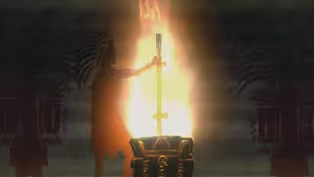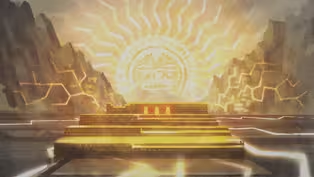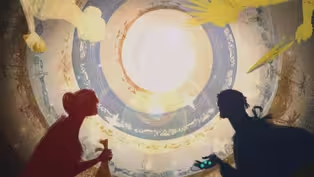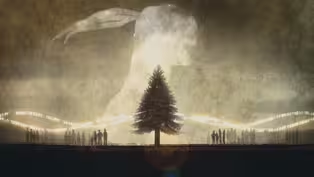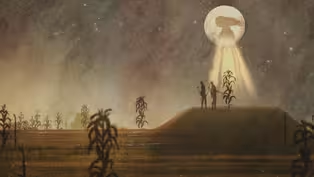
The Comanche and the Horse
Special | 5m 22sVideo has Closed Captions
The Comanche adapt the horse as a powerful ally in the fight to protect their way of life.
Today the image of Indians on horseback is iconic. But Native Americans never set eyes on a horse before the 15th century when Europeans bring them to America as a weapon of conquest. The Comanche and other native peoples adapt the horse as a powerful ally in the fight to protect their land and way of life. The Comanche consider the horse a relative and a gift from the Creator.
Problems playing video? | Closed Captioning Feedback
Problems playing video? | Closed Captioning Feedback
Funding is provided by Partnership with Native Americans.

The Comanche and the Horse
Special | 5m 22sVideo has Closed Captions
Today the image of Indians on horseback is iconic. But Native Americans never set eyes on a horse before the 15th century when Europeans bring them to America as a weapon of conquest. The Comanche and other native peoples adapt the horse as a powerful ally in the fight to protect their land and way of life. The Comanche consider the horse a relative and a gift from the Creator.
Problems playing video? | Closed Captioning Feedback
How to Watch Native America
Native America is available to stream on pbs.org and the free PBS App, available on iPhone, Apple TV, Android TV, Android smartphones, Amazon Fire TV, Amazon Fire Tablet, Roku, Samsung Smart TV, and Vizio.
Buy Now
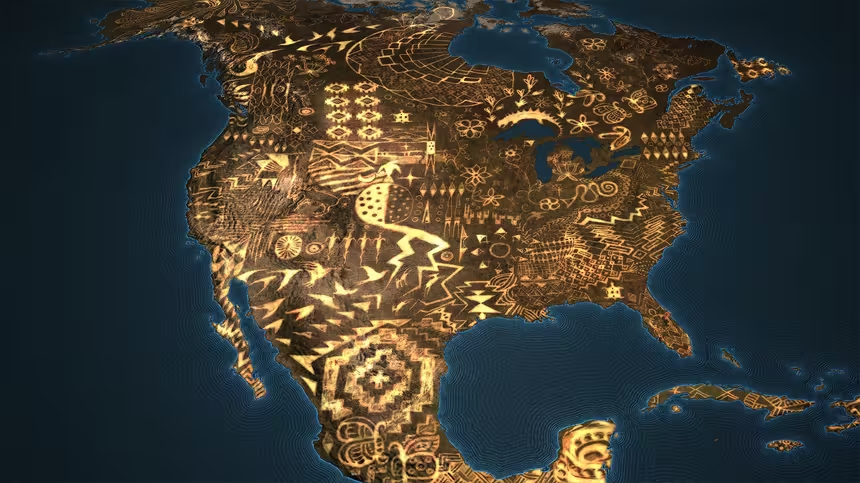
Listen to Native Voices
Explore an interactive map, which features speakers of Native languages in their own voices from across North America.Providing Support for PBS.org
Learn Moreabout PBS online sponsorshipMore from This Collection
Explore the cultural stories featured in Native America through animation.
Video has Closed Captions
The gods gather in Teotihuacan to sacrifice themselves in order to create the world. (1m 47s)
Video has Closed Captions
A temple at the center of Cuzco, Peru, marks the place of Inca origins. (1m 31s)
Video has Closed Captions
Many Native American peoples share a belief that they emerged from the earth. (4m 21s)
Haudenosaunee’s Legendary Founding
Video has Closed Captions
The Hiawatha wampum belt tells the story of the Haudenosaunee’s legendary founding. (5m 52s)
Video has Closed Captions
Choctaw traditions link their mounds with their ancestors, corn, and the sky. (1m 17s)
Providing Support for PBS.org
Learn Moreabout PBS online sponsorship♪ ♪ (horse whinnying) (man singing) NARRATOR: Today, the image of Indians on horseback is iconic.
But Native Americans never set eyes on a horse before the 15th century, when Europeans bring them to America as a weapon of conquest.
The Comanche and other native peoples adapt the horse as a powerful ally in the fight to protect their land and way of life.
WOMAN (speaking native language): (horse whinnying) FOWLES: This rock art tells a story.
This is commemorating an event, a very successful horse raid.
♪ ♪ MYERS: We're looking at possibly the beginning of our empire as Comanche people on horseback.
It's just amazing.
NARRATOR: The panel is just one of hundreds found in this gorge created by Jhane's ancestors.
These images in Comanche oral history are rewriting the story of Native America in the wake of European colonialism.
♪ ♪ LINDSAY MONTGOMERY: We're seeing the first encounter between the Spanish here, the Comanche, and the horse.
NARRATOR: The rock art may memorialize a pivotal moment in history, a battle in which the Comanches seize the horse.
(men singing in native language) WOMAN (speaking native language): NARRATOR: To the Comanche, the horse is a gift from the creator.
♪ ♪ (woman speaking native language) (guns firing, horses neighing) (gun fires, horse whinnies) ♪ ♪ NARRATOR: After U.S. troops slaughter the Comanche herd, Quanah Parker, the last free Comanche chief, surrenders.
♪ ♪ WOMAN: I want people to see us and just think, "Oh, my gosh, that person is Comanche.
"Those people-- they're not historical, "they're still alive today.
Look, they're thriving."
NARRATOR: And the spirit of the horse remains at the heart of the Comanche nation.
When the moon is full, the Comanche believe those mustangs massacred in the Texas panhandle still run free.
WOMAN (speaking native language):
Support for PBS provided by:
Funding is provided by Partnership with Native Americans.
